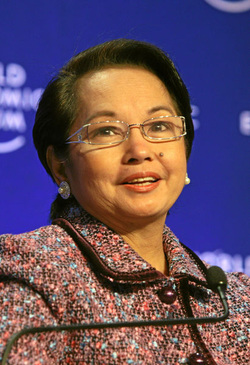Introduction

Figure 2:The Location of Philippines in Context to the World (Source: Wikipedia)
The Philippines, officially known as the Republic of the Philippines, is a country in Southeast Asian, in the western Pacific Ocean. It has an estimated population of 92 million people (Economist Intelligence Unit) making it the world’s 12th most populous country. It is the second most populous country (following the United States) with English as an official language. Manila is the capital, but nearby Quezon City is the country’s largest city. The national language is Filipino while English and Spanish are also official languages.
Politics

Figure 3: Political Boundaries of the Philippines (Source: Encyclopaedia Britannica)
The
Philippines was wracked by political turmoil in the last quarter of the 20th
century. After being under the authoritarian rule of President Ferdinand Marco
for more than a decade, there was a broadly popular non-violent uprising
against the regime in 1986 called the People Power movement. Currently, the Philippines
is a pluralist democracy with a presidential system of government modeled on the United States. Gloria Macapagal Arroyo has been president since 2001 although, during her period in office their has been a lot of controversy due to allegations that she fixed the results of the most recent presidential election. Her regime is unpopular with the majority of the population and has faced many coup attempts. Arroyo has only been able to remain in power due to the strong support of the military.
Economy

Figure 5: Comparative GDP Indicator, 2007 (Source: Economist Intelligence Unit)
Currently, Filipinos grapple with a society that is replete with an obvious presence of extreme wealth along with extreme poverty. The Philippines is extremely rich in resources and has the potential to build a strong industrial economy, but the country has remained largely agricultural. Toward the end of the 20th century especially, industrial expansion was spurred by a high degree of domestic and foreign investment. This growth contributed to severe degradation of the environment. Real GDP growth averaged 5.8% in 2003-2007 (Economist Intelligence Unit). This is an impressive rate compared to previous years in the Philippines but still a rate far below the rate achieved in other fast-growing Asian economies such as China. Inflows of private remittances from Filipinos living overseas play a vital role in the economy as their remittances are the main factor supporting private consumption.


